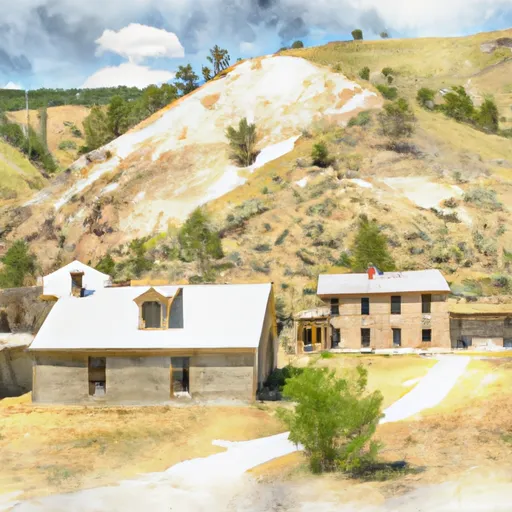°F
°F
mph
Windspeed
%
Humidity











Monteview, Idaho is a small town situated in Jefferson County, near the Snake River in the western United States. The town experiences a semi-arid climate with hot summers and cold winters. Summers are generally warm, with average temperatures ranging from the mid-70s to low 80s Fahrenheit (mid-20s to high 20s Celsius), while winters can be quite cold, with average temperatures ranging from the low 20s to mid-30s Fahrenheit (-5 to 1 degree Celsius).
Hydrologically, Monteview benefits from the nearby Snake River, which provides a source of irrigation for agricultural activities in the area. The river also offers recreational opportunities such as fishing, boating, and jet-skiing.
Outdoor recreation enthusiasts will find plenty of opportunities in Monteview and its surrounding areas. The Snake River offers excellent fishing for species such as trout, catfish, and bass. Additionally, water sports like boating and kayaking are popular. The nearby mountains provide opportunities for hiking, camping, and wildlife observation. Outdoor enthusiasts can also explore the nearby Craters of the Moon National Monument, known for its unique volcanic landscapes and hiking trails. With its diverse outdoor offerings and picturesque natural beauty, Monteview, Idaho is a haven for those seeking outdoor adventures.
Weather Forecast
Monteview receives approximately 195mm of rain per year, with humidity levels near 64% and air temperatures averaging around 6°C. Monteview has a plant hardyness factor of 4, meaning plants and agriculture in this region thrive during a short period during spring and early summer. Most plants will die off during the colder winter months.



